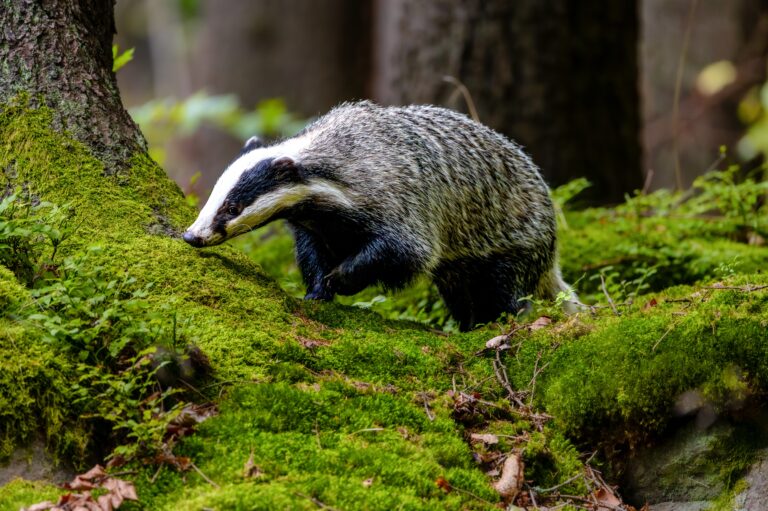Labour could stop the badger cull by 2029, but only with a major expansion of testing and vaccination, according to a government-commissioned report.
The review, led by Sir Charles Godfray, warns ministers have only a “small chance” of eradicating bovine tuberculosis (bTB) in England by 2038 without increased investment. bTB costs taxpayers and farmers around £150m annually, and over 210,000 badgers have been culled since 2013.
Godfray confirmed badgers can spread the disease to cattle but stressed culling is not the only solution. The report recommends non-lethal measures including vaccinating badgers, microchipping cattle to track movements, and using more accurate blood tests alongside standard skin tests.
“There is a threat from badgers, and if we are going to move away from a cull we need to move towards non-lethal control,” Godfray said. “Vaccination is a realistic way to stop bovine TB, but considerable work will have to be done to scale it up. We saw during the Covid-19 pandemic how things can move faster when there is real focus on a disease. We want the same for this one.”
Scientists warned current underinvestment in Defra and local authorities hampers bTB control, but said that spending now would save money later. Prof James Wood of Cambridge University added that vaccinating cattle and badgers could reduce disease transmission in large herds, which are especially challenging to manage.
Farming minister Daniel Zeichner welcomed the report, highlighting record badger vaccinations in 2024 and plans for a new vaccinator field force, a cattle vaccine, and £40m in research. A comprehensive strategy to eradicate bTB by 2038 is expected next year.


